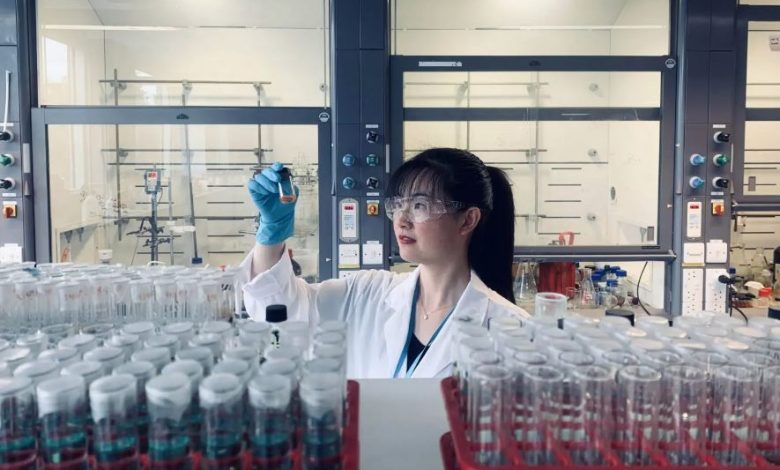From Ireland the “sponge” able to capture pollutants from the air

A new material capable of capture pollutants from the air
(Sustainabilityenvironment.com) – A study by the University of Limerick has developed a new material capable of capturing toxic pollutants in the air. The survey, funded by the European Research Council and the Science Foundation Ireland, identified ways to remove traces of benzene from the air. To do so, he developed a porous material, similar to sponge, which uses much less energy than traditional systems.
The research was conducted by a team coordinated by Professor Michael Zaworotko, who worked with Dr Xiang-Jing Kong of UL’s Department of Chemical Sciences and a group of researchers from leading Chinese universities and published in the journal Nature Materials.
The material developed has a strong affinity for benzene, therefore it is able to capture it even when it is present in the air in minimum percentages, up to 1 part in 100,000.
In his earlier research, Zaworotko had focused on compounds developed to capture carbon and for water collection. His new research is instead for a material capable of capturing pollutants from the air, in particular benzene, with an all-round effectiveness. “These materials – said the scientist – could be easily regenerated under mild heating, making them candidates for air purification and environmental remediation”.
A process to capture pollutants and use less energy
Volatile compounds, including benzene, cause serious environmental problems. “Breaking gas mixtures is difficult. This is especially true for minor components that include air, which include carbon dioxide and water. The properties of our new material show that breaking is no longer difficult for benzene,” explained Zaworotko. Until now, however, it had not been possible to develop technologies capable of capturing these pollutants with a low energy impact. The process now studied goes in this direction, because it is based on physical and not chemical bonds. As a result, the energy footprint is significantly lower than that of previous generation materials.
A new generation of porous materials to capture pollutants
“Based on intelligent design, – added Xiang-Jing Kong – our materials are doing well to address the challenges of both technical and social relevance, such as removing traces of benzene from the air. This is difficult for conventional materials, and therefore highlights the appeal of porous materials.“
The characteristics investigated and the encouraging results direct research towards the development of a new generation of porous materials, which will allow the capture of toxic substances from the air. “Aromatic isomers are difficult to separate in their blends by traditional methods, which are always energy intensive. This research has opened the possibility of designing porous materials for the efficient separation of these low-energy chemicals, as well as the removal of other pollutants from the air”.





